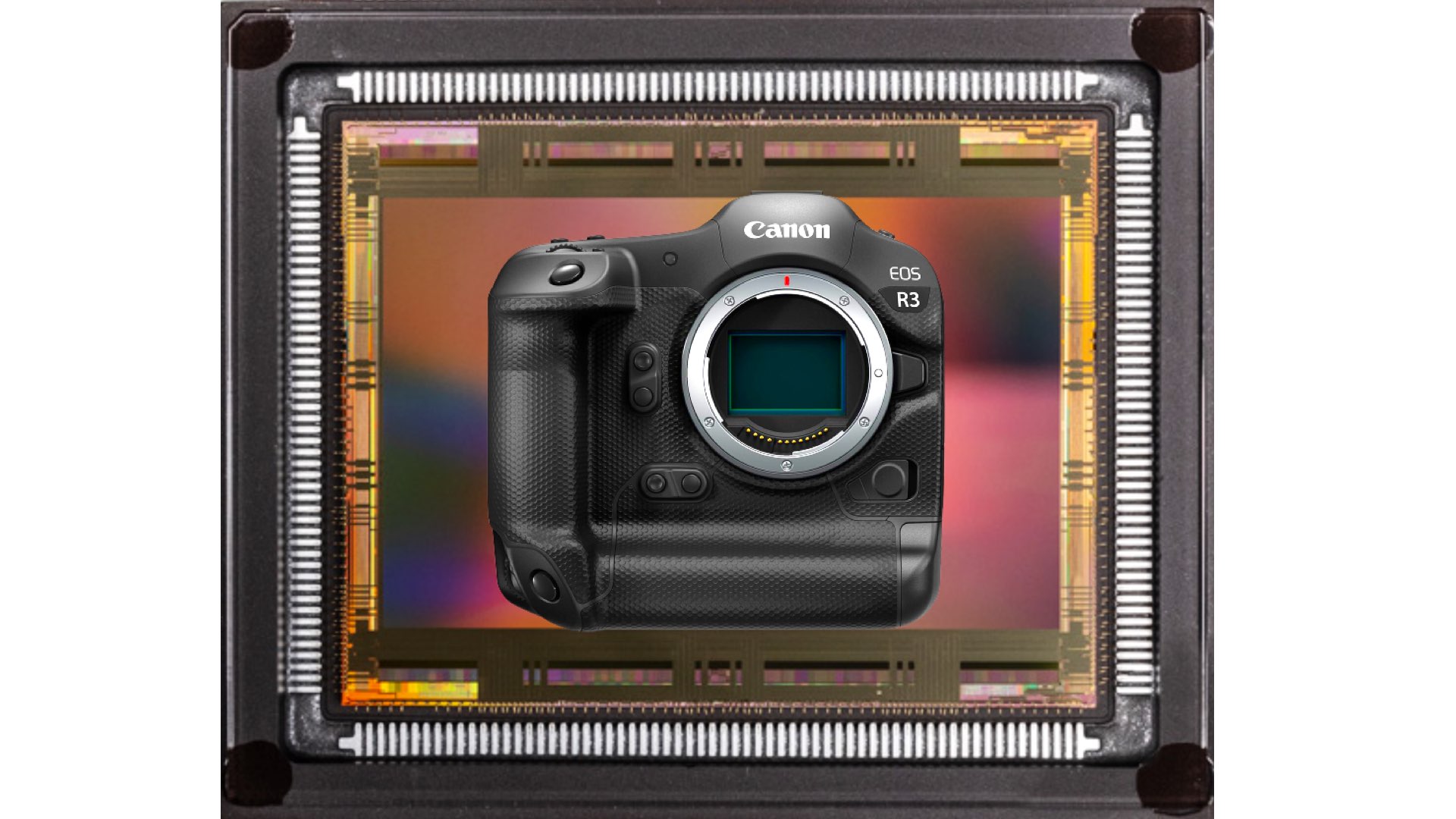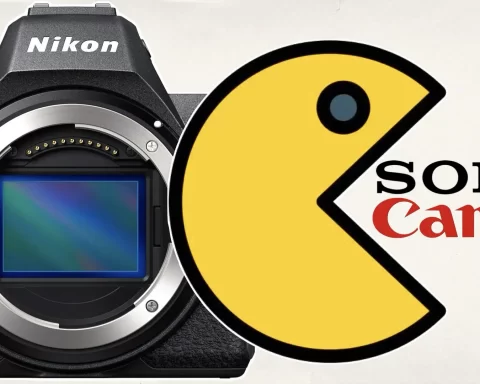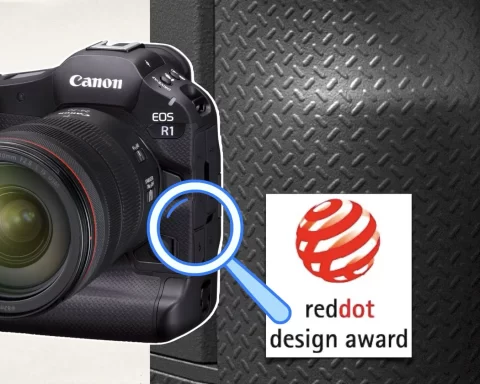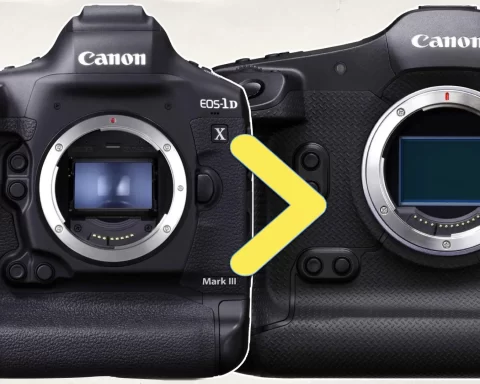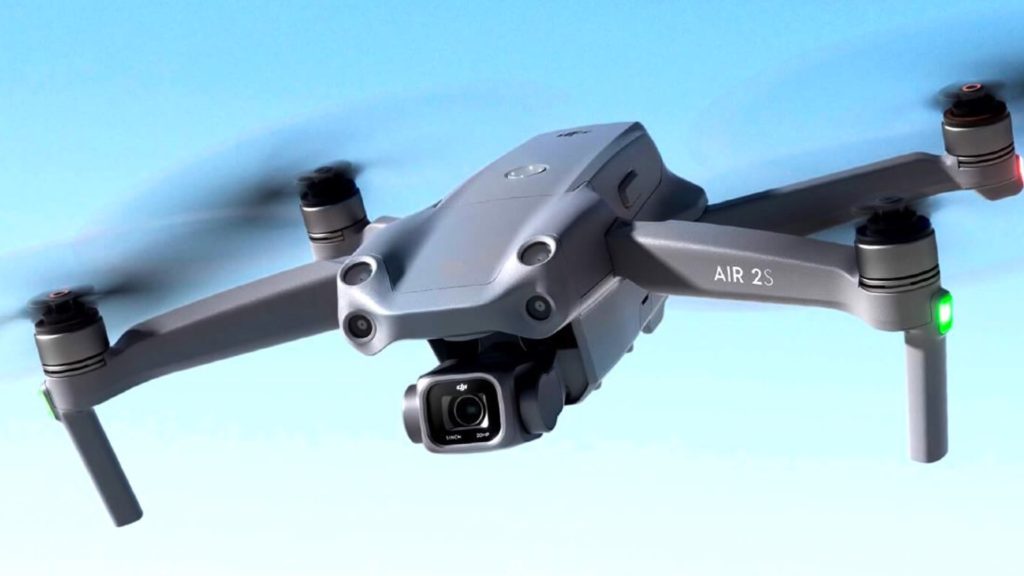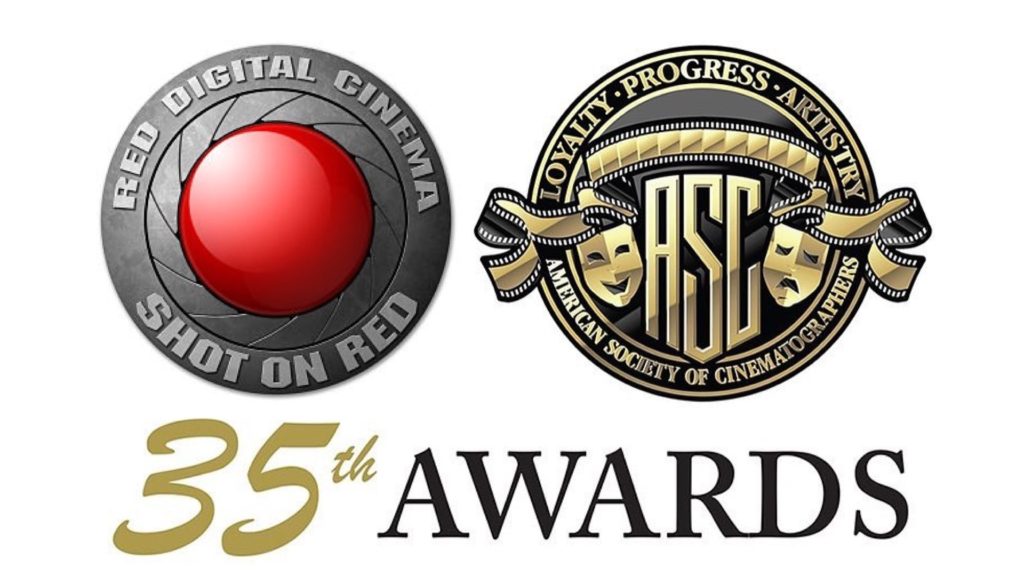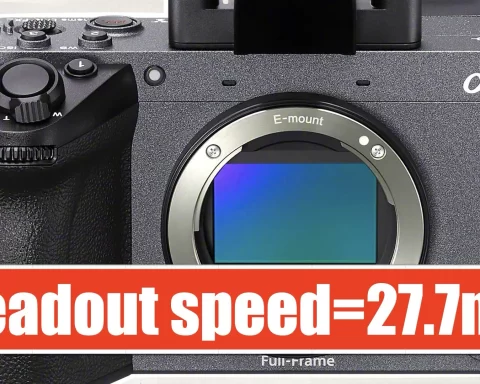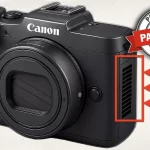Major camera companies are in pursuit of ultra-high megapixel count (Nikon, Canon, and Sony). With development announcements like Nikon Z 9 and Canon EOS R3, the main factor that counts is the number of megapixels. Thus, inventing and producing large sensors with a lot of real estate that allows ultra high resolution, is the key to mark a solid technological achievement. Obviously, the large picture is more complicated than that. Let’s have a look at this article by Canon, which deals with the considerations needed when selecting 100+ MP sensors.

Ultra-High Resolution
A few months ago, Canon has released an ultra-high-resolution 250 MP APS-H CMOS sensor. This is an APS-H size (about 29.4 x 18.9 mm) sensor named LI8020SAC (color) and LI8020SAM (monochrome). The sensor is capable of 250 million pixels (19,568 x 12,588 resolution). Yes, you heard right. It’s a 19K imaging sensor, which is 30 times 4K. Although the LI8020SAC was designed mainly for industrial applications, there’s a possibility that it’ll be implemented in consumer high-end cameras. Explore the preliminary document below:
[pdf-embedder url=”https://ymcinema.com/wp-content/uploads/2021/04/Canon-2U250MRXS-Brochure-01312020.pdf” title=”250 MP Ultra High Resolution on CMOS Sensor.”]
Beyond 100MP
We’ve stumbled upon a very interesting article by Canon, that elaborates on the considerations needed for selecting 100+ MP (MegaPixel) imaging Sensors. Although the document is not new (wrote in 2019), it presents some useful insights. The document was written by Michael Leaning, Senior Project Engineer, ITCG, Canon USA. According to the document, pixel performance and pixel density (number of individual pixels per unit area) are advancing year-over-year, and smaller pixels can be found on larger format sensors. Today, CMOS image sensors (CIS) with more than 100MP are readily available on the commercial market. The document discusses a few important considerations to make in the design selection phase of high-resolution CIS devices, especially in regard to size, weight, power, and cost (SWaP-C).

Ultra-high resolution CMOS image sensors are effective for a wide range of applications due to their ability to capture a remarkable level of data and image detail
Canon
Optical Format
The optical format, or the physical imaging area in which the CIS fits, is an important design consideration when selecting a sensor. Not only does a larger optical format sensor negatively affect the size and weight of the camera, but it also limits the selection of available off-the-shelf lenses due to the larger image circle required to cover the entire sensor. A smaller sensor may be paired with a larger optic, but not vice versa. Additionally, as lenses generally have better performance towards the axis, pairing a smaller sensor to an oversized optic may yield better system performance – something else to keep in mind when considering design options. High pixel density CIS devices can enable higher performance and are a key driver of the System’s SWaP-C.

Not only does a larger optical format sensor negatively affect the size and weight of the camera, it limits the selection of available off-the-shelf lenses due to the larger image circle required to cover the entire sensor.
Canon
System Cost
While a CMOS image sensor is only a part of the entire system cost, it directly affects the optical selection process. In many cases, optics are a major factor in the total cost and performance of the imaging system. Therefore, an appropriate selection of the CIS is a critical design decision. Selecting a high pixel density CIS to leverage smaller optics may help reduce overall system SWaP-C.
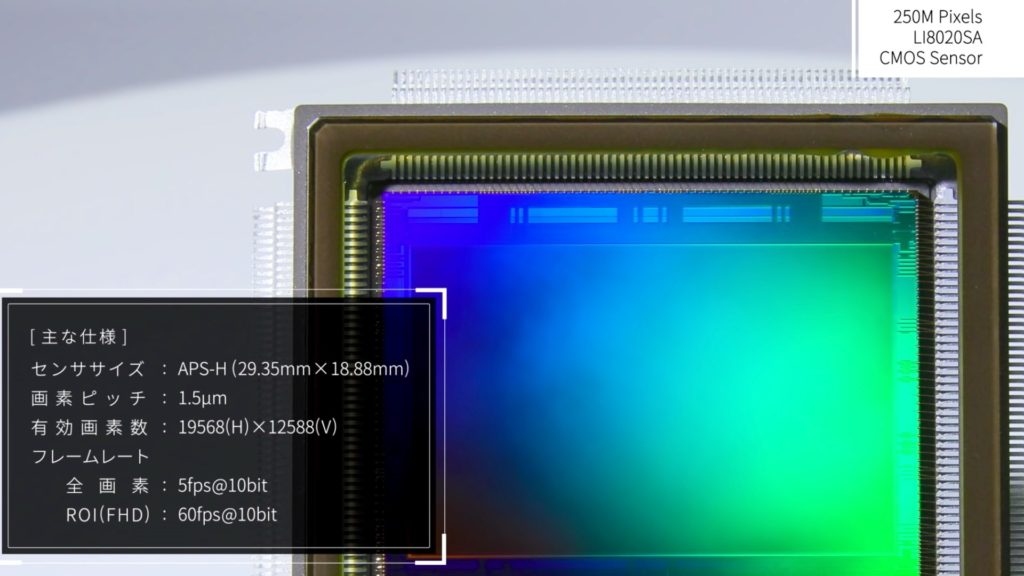
Supply Chain
Supplier availability, inventory, and lead-time play a major role in the successful deployment of products. As with selecting any cutting-edge device for integration, the manufacturability, production rate, competing demand, and globally available supply of the CMOS image sensor must be carefully considered. Even after the engineering and design are complete, the ability to procure the materials to deliver the fished product affects program cost and must not be overlooked when selecting the appropriate CIS.

Modern Imaging Applications
In recent years, 100+ MP CIS’s have emerged that push the boundaries of high-resolution imaging, achieving unprecedented resolutions as high as 250MP on an APS-H format sensor. Each of these CIS’s varies widely in size, imaging capabilities, and use in modern applications.
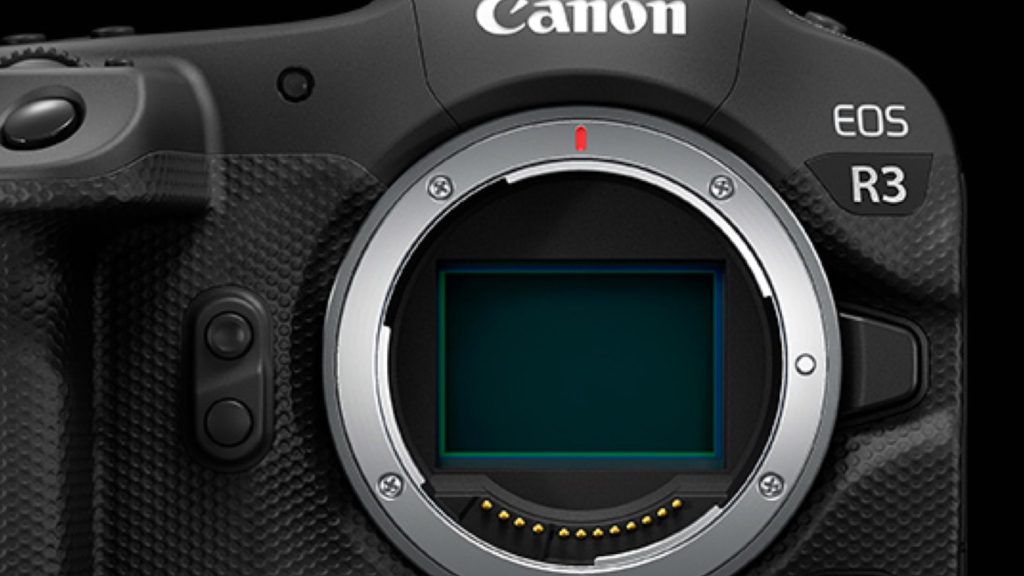
Summary
Ultra-high resolution CMOS image sensors are effective for a wide range of applications due to their ability to capture a remarkable level of data and image detail. This leads to faster, more productive, and accurate imaging, as well as more reliable inspection data. However, resolution alone should not be the deciding factor in product selection. The importance of the optical format, total system cost, supply chain, and supportability should also be carefully considered.
The full document can be found here. Feel free to comment with your insights below.

